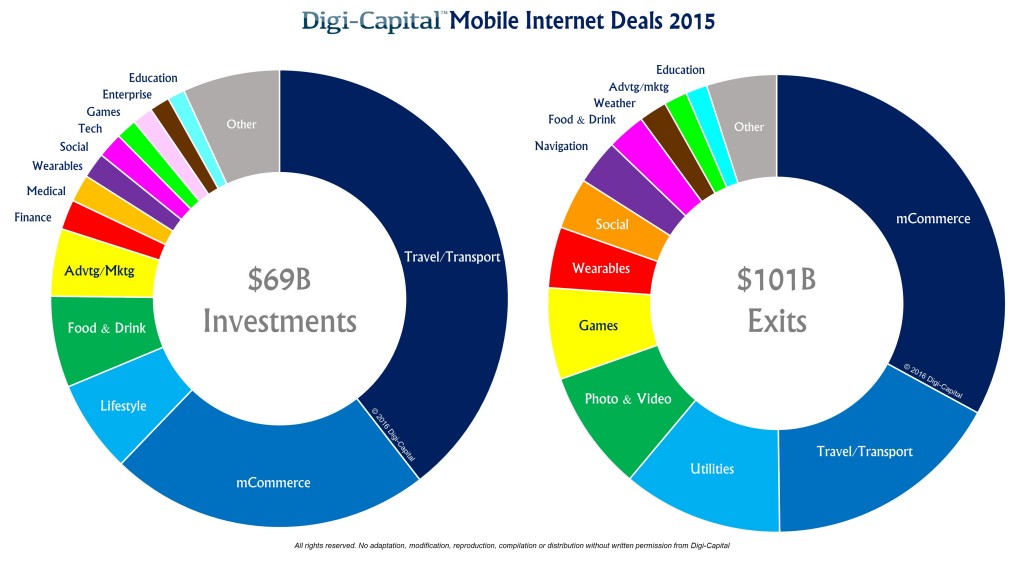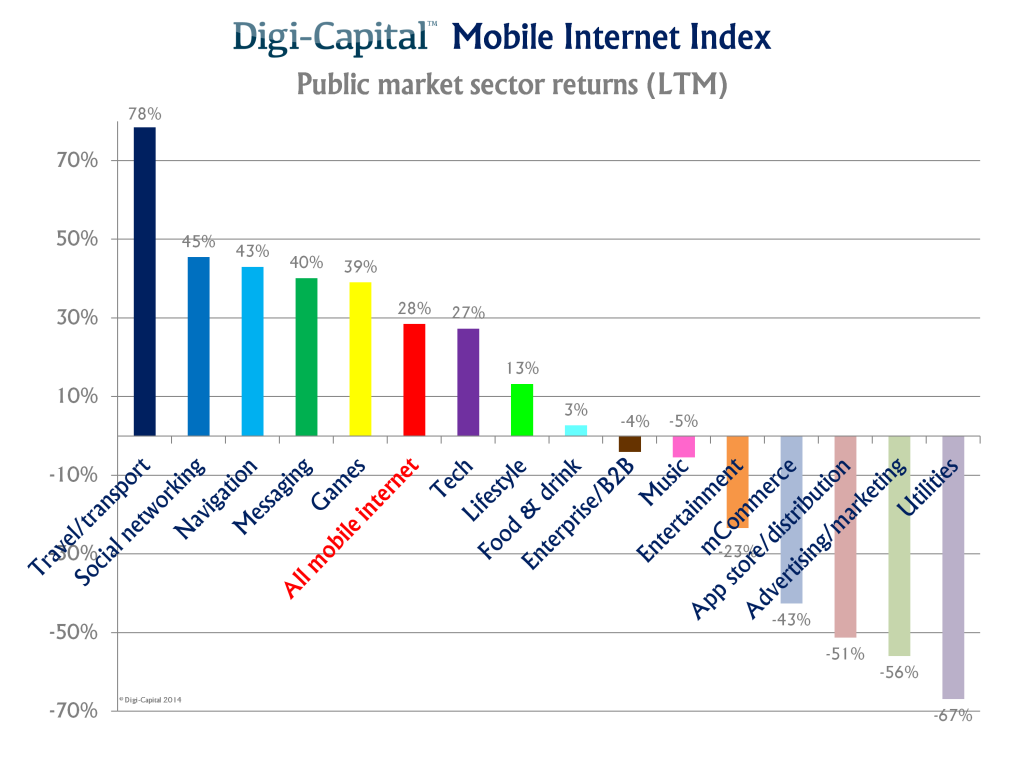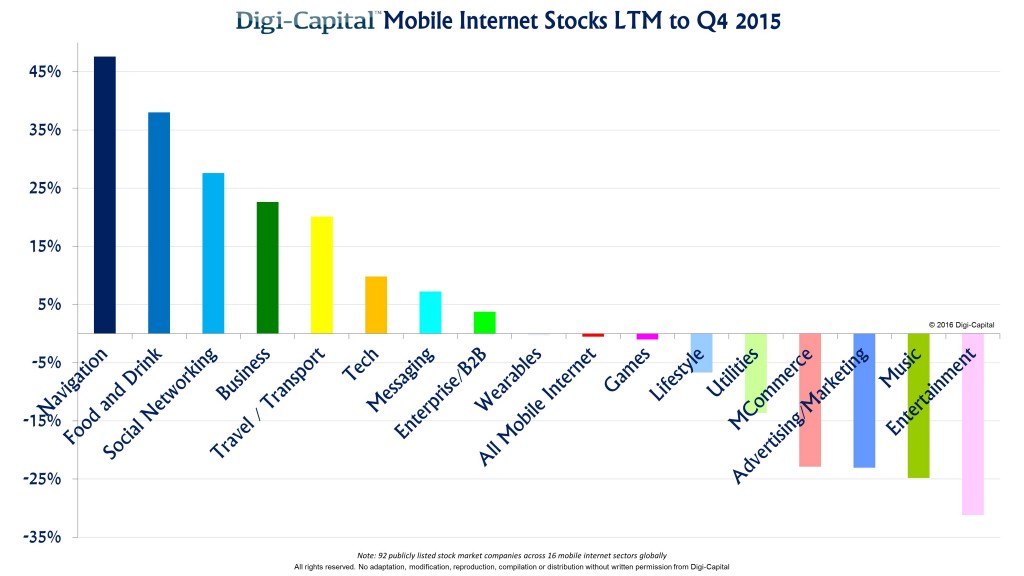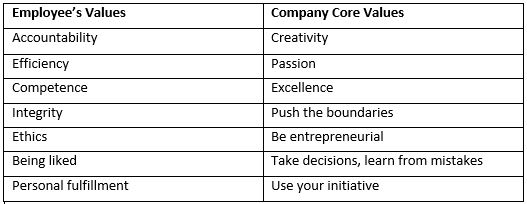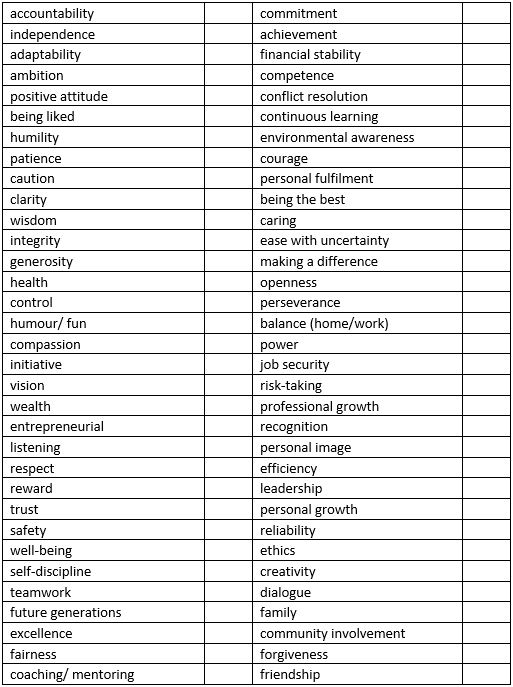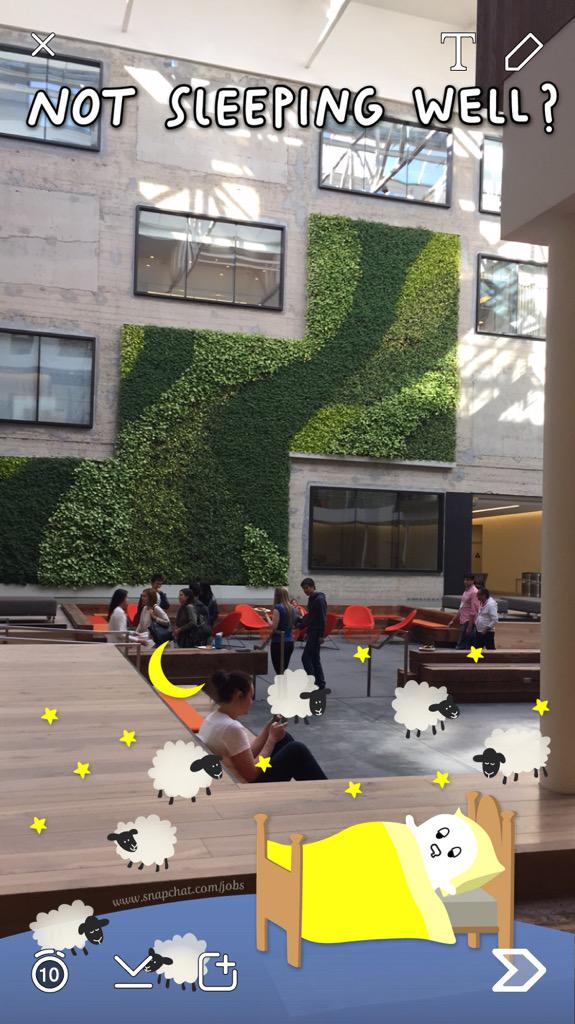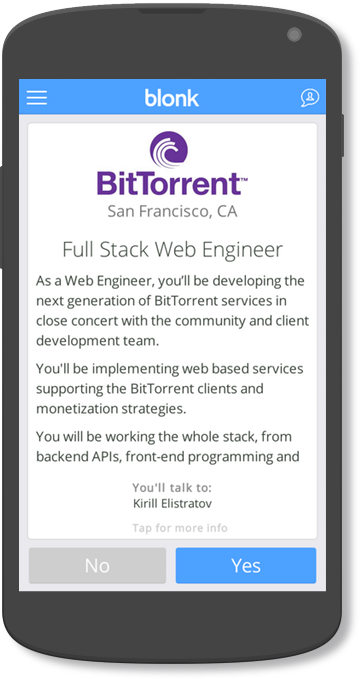An interview with Rob O’Donovan, founder & CEO of CharlieHR
Would you marry someone if you didn’t know what his or her values were? Some people do, and that usually ends in pain, tears and loathing. In some cases the magic does happen sooner, but the majority of sane people will take the necessary time to work out if their values match up with the person who is the subject of their affections. This process can take weeks, months and in some cases many years and involves dates, long walks, deep conversations into the small hours and, hopefully for everyone concerned, lots of sex. The advantage that we have as individuals is we have lived at least 20 years in and with ourselves, so we have the time to develop a reasonably good idea of our values and what makes us tick.

The unfortunate truth of the matter is that start-up founding teams see more of one another than the average married couple do and a start-up can at times be way more intense and stressful than a marriage. In the case of an average start-up (if there is such a thing) two of the founders may have known one another for a few years, but the rest of the team have probably been together for a matter of months. The team hasn’t spent 20+ years together as a unit, so they can’t consciously know what their values are. Their true values are hidden below the surface, invisible and active on a subconscious level, and not enough time has passed for those values to surface and really gel with the rest of the team.
Matters are made worse during the process of hiring a new team member because the hiring team only spends 1 or 2 hours each interviewing the candidate. Some invite the candidate to dinner or to join the team for a drink, but at the end of the day, it’s still another 4 or 5 hours added to the total amount of time spent together.
Would you be able to make a decision to marry someone after spending just 8 hours with that person?
It seems insane but the interviewing team and the candidate both need to be able to make a marriage-like commitment after spending less than a day together! How does a start-up company mitigate this risk? The simple answer is through values based interviewing. Your values are the key to successful interviewing because, if you understand what they are you can build them into your candidate interview process.
As an example, here is a part of the assessment that Zappos gives all candidates to make sure they are a good fit for just one of the company’s ten core values. The interviewer doesn’t just accept the first level answer to these questions. They ask clarifying questions to really get into the layers of the onion. The Zappos interviewers rate the candidates from 1 – 5 against each of the questions asked and average the values score for each candidate.
Value: Build a positive team and family spirit
Rationale: The applicant values team and individual accomplishments with equal importance.
- Question 1:“Do you feel you are a better individual contributor or a better team player? Which do you prefer?”
- Question 2:“When was a time you “took one for the team” even though it wasn’t your responsibility?”
Rationale: The applicant understands the concept of team and a greater good.
- Question 1:“When was a time you were thrown work that you were not prepared for? What was the situation? How did you feel about it?”
Rationale: The applicant encourages a positive team spirit.
- Question 1: “Do you ever socialize with people from work outside the office? What do you think about people that do?”
- Question 2:“How do you encourage teamwork at the office?”
- Question 3:“What’s the biggest challenge you faced working in a team environment? How did you handle it?”
- Question 4:“What co-worker behaviours drive you crazy? How do you handle it when someone is doing it?”
Rationale: The applicant encourages others to take initiative.
- Question 1:“Give me an example of a time you were working with a team/group and one member was not participating/pulling their weight. What did you do?”
To get further insight into what a start-up founder needs to do to define their CulturalDNA and hire successfully against their values, I interviewed Rob O’ Donovan, founder & CEO of CharlieHR (the free HR platform for small businesses). Rob hit the nail on the head when he said, “At the end of the day everything comes down to people. With great people in your team you can do anything. Our aim is to hire brilliant people whose values are aligned and glued together by our culture. It sounds simple, but it’s not.”

BP
What got you thinking actively about your values and culture?
RO’D
We felt that we had developed something quite special with our culture and it was important to actually get it down on paper so that we could understand, nurture and develop it further. The values that we had developed organically needed to be brought to the surface and made more tangible.
BP
How difficult was the process to define your values?
RO’D
We found the values definition process relatively easy to do. I think this was because we did the values exercise before we needed to, before the team had gotten too big and the wrong values had crept into the business. As a leadership team we realized that we needed to ensure that we created the right framework to scale the business, specifically with hiring the right people who are able to fit into our culture. We were lucky in that at the time things were going well and we didn’t have an issue that needed solving.
We see the values of a business like a map; it really helps to look at the map before you start your journey so that you don’t head off in the wrong direction. We were early enough to not yet have travelled down the wrong path with bad hiring decisions.
BP
How did you go about creating your list of values?
RO’D
We don’t believe that the values that you expect from a decent human being should be included in our company’s values – words like trust, integrity and loyalty for example. Trust is binary, you are trustworthy or you aren’t, and trustworthiness is not something to be proud of for our team, as it’s something we expect from one another. A company’s values must be something that the team can aspire to rather than putting some words up on a wall that are supposed to remind you and your team to be decent human beings. Enron had the word integrity famously displayed in their lobby as one of their values. Our leadership team got together and created a list of values that we recognized were demonstrated in the business. We then asked the rest of the team to rank the top 5 values and from there the leadership team got together again and defined them into the four core values of our business: Passionate, Ambitious, Curious and Together. Our PACT is the commitment that the team makes to one another.
The values discovery process is easier if you and the team are on the same page already, which is often the case in an early stage company with a relatively small team like ours. It does take time though and it’s important to not expect the values to fall into place over night. The values really need to resonate with the team so that they remember them and can live by them. Creating the PACT acronym helped a lot with that.
BP
How difficult was it embedding the values into the business?
RO’D
It is an on-going challenge to ensure that we integrate the values and live them on a daily basis. We sounded like a record on repeat a lot of the time, as we really laboured them and repeated them ad nauseum. Apart from the repetition we realised that we needed to associate values with our daily behaviour. In other words what does it mean to live up to our PACT values every day? You have to associate the values with behaviour otherwise it all becomes too nebulous.
BP
What do you focus on during the hiring process?
RO’D
We work hard to find candidates with the right skills and experience, and a good match for our PACT values, digging into how the candidate demonstrates Passion, Ambition, Curiosity and working Together with others. When you hire people with similar values, you bring people into the team who already resonate with the culture and that means they have the behaviours and attitudes that drive results.

BP
How do you communicate your values to new employees?
RO’D
A new joiner is partnered with a buddy from the team and it’s the buddy’s responsibility to make sure that the new joiner gets up to speed quickly, is integrating well, having a good time and understands what PACT stands for and how to live by it. Every new joiner has to do a PACTivity presentation in the first month after joining. The presentation should describe how they relate to PACT. It could be one or all four of the letters that they use to describe how passionate they are or what they are curious about. It’s a great way to get them to associate PACT with their own values, get a sense from them, of how they live the PACT values in their own lives and to introduce them to the team. The PACTivity presentation is a powerful way to show the new joiner how much we care for and live our values and immediately builds a bond between the new joiner and the team.
BP
How important is the social element at Charlie?
RO’D
We have a young team with ages ranging from 21-29. A lot of the team members have joined us fresh out of university, so they are still learning what work is like. We’ve created an environment where people can work hard, demonstrate achievement, have a lot of fun and build lasting friendships. We get together regularly for team drinks and hold a social event at the end of every month. Because we are all curious we encourage our team to learn a new skill or do something outside of work. We encourage our team to go out and meet new and interesting people to learn from, and thereby broaden their mindset. One of our team has just started taking a course on circus skills, which should be amazing. She will meet interesting new people, learn new skills that she will hopefully be able to bring that back and share with the Charlie team.

BP
What other processes have you put in place to embed PACT into the business?
RO’D
We have monthly 1-2-1 sessions, where each team member meets with their team leader to discuss how they have lived PACT that month, they are essentially assessed against our PACT values. It’s not a typical review or appraisal session where we assess against bonuses or anything like that, it’s more an opportunity to sit down with their team leader and discuss any range of things, which could include areas where they are delivering on PACT or areas they need to work. It reinforces and reminds the team that we all share the same values, that we are proud of them and must work hard to uphold them. The 1-2-1 session is structured to be an open session so that the team member can also talk about how things are going, any frustrations they might have, and if they want to discuss anything from their personal life, that’s great too. The team member leads it, so it’s up to them how they make the most of the session.
The 1-2-1 sessions allow for open and honest communication. An example of the advantage of this is when we have had resignations in the past. We haven’t had many but the resignations that have happened weren’t a surprise because the team member informed his team leader during one of the 1-2-1 meetings, normally a couple of months in advance that they were unsure if this was the right place for them. If the employee isn’t happy with something she will inform her team leader and if she is thinking of leaving for a reason that can be changed then we will work on it internally to see if we can change the situation. If that’s unsuccessful then we tend to mutually agree that it’s best for them to move on and we make an effort to help them find another job if they haven’t got one already. We hire great people and we hope may come back in 3 years time with a whole new range of skills.
As a company we are aiming for radical candour, where our communication is candid, honest and straight to the point. We have a meeting every Monday called Focus and Feedback. It’s like a normal standup with a twist. Each member of the team starts off by discussing what they will be focusing on for the coming week. The second part of the standup is based around feedback and open communication. In advance of the meeting, Every team member has to go to someone they worked with that past week and ask for feedback from that person, which they then have to share with the company at the weekly standup. New joiners struggle with this process at first but it really is very useful. It builds an environment of honesty where people can talk openly about something they are struggling with. If you ask for feedback people feel more comfortable giving it and this builds emotional resilience in the team. The feedback that I received and had to communicate to the team at our recent standup is that when I am very busy working to a deadline I can be unapproachable, trying to get as much done as possible and the team don’t feel comfortable to approach me for help or advice when I am that busy. It happened most recently before my vacation and it’s something that I will need to work on.
BP
How do you view your culture, is it fixed in stone?
RO’D
We are protective of our culture and believe that our PACT represents our core values. At the same time we are open minded and flexible and will if necessary adapt our culture to changes in the business or the environment. Culture is incredibly fragile. As a leadership team we pay attention because if we don’t we could lose that specialness quickly. We are paranoid about retaining our culture and one concern is that as the team gets bigger we will dilute or weaken our culture. To me our culture is the answer that someone gives at the pub when asked the question “How are things going at work?” We would hope people replied with something along the lines of is “It’s really tough, but I am learning so much and loving it” and as a team we aim to create that environment.
BP
What have you been reading recently?
RO’D
I have been reading the Happiness Advantage by Shawn Achor.

About CharlieHR
CharlieHR is the free HR platform for small businesses that automates the administrative headaches of running a company so you can focus on building real value. Charlie is one of five businesses that Rob and the team have developed out of The Eleven, a startup studio, which he co-founded with Ben Gateley.
http://www.startuphierarchyofneeds.com/







